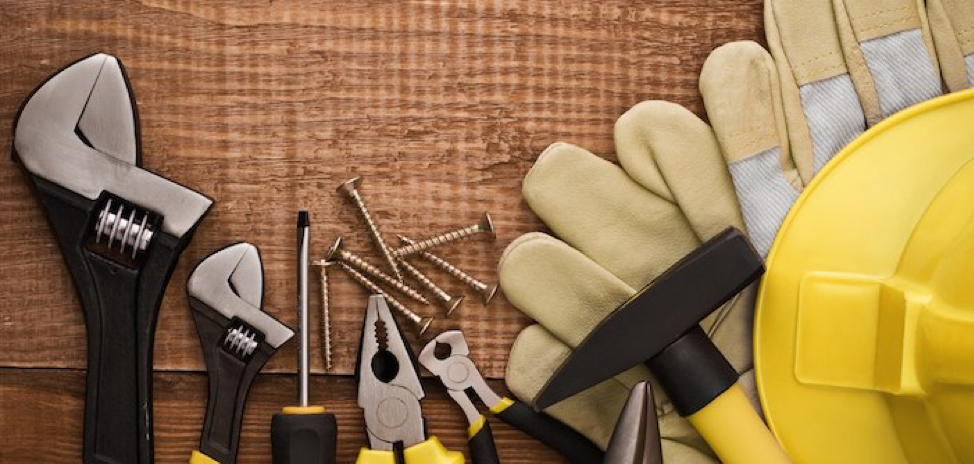Yes, it is unseasonably cool outside but that is not the BRRRR I am writing about today.
When diving into real estate investing, our advice is to first choose the approach that you are most comfortable with. Whether you decide to do buy and holds, duplex conversions, student rentals, or multi-family investing there is one strategy that any savvy investor should be using. This strategy super-charges your returns and increases the “velocity” of your money.
At Ontario Assets we use the BRRRR method on both our long-term holds and on our student rentals . In the following post, I want to give an introductory primer on how to approach this investment strategy, from beginning to the part where you repeat it over and over and over again.
B — Buy
The best investments are made “on the buy”; all good deals involve a good purchase, where you ideally get the property and have equity immediately.
The best way to achieve this is by having specific market knowledge, through diligent negotiations, and by surrounding yourself with a great team.
Most people use a traditional 20% down payment and then get an 80% bank financed mortgage. However, there are many “creative” ways that a property can be purchased; up front 100% cash, a hard money loan, seller financing or VTB, a private loan, etc. (however these financing strategies are outside the scope of this article.)
The goal behind a BRRRR strategy is to pull all of your own money back out of the property when you refinance it. This is so powerful because you have effectively bought a property for nothing and you’ll have your money back to buy another investment!
However, the better you make your buy than the more equity you have and the more available funds for the next step, Renovate, where you will “force” appreciation (and profits!)

R — Renovate
Generally speaking there are two key concepts to understand when considering a renovation on an investment:
- What is needed to make this house livable and functional?
- What renos add the most value and fit our budget?
These should be done strategically with the main goal being: to raise the property to its “highest and best” use and increase the perceived value of your new investment property.
Before you begin you should have detailed market analysis (and comparable sales from a good Investment Realtor) to know what the after-repair value (ARV) will be and you should develop a detailed scope of work with a budget.
There are many inexpensive upgrades that can be done quickly; flooring, paint, trim, landscaping, counter-tops, etc. These smaller, cosmetic renos can dramatically change the look and feel of a property while also providing the desired value lift as well. However, often big returns on investment are made by solving larger problems, by adding rooms or converting single family homes into duplexes, triplexes or multi-unit buildings.
These latter strategies require deeper knowledge and pockets, but with these you can generate fantastic returns and increase monthly cashflow when it comes time to place tenants into the newly created units.
R — Rent
This is where the rubber hits the road on your well purchased and appropriately renovated investment property. By placing well-vetted tenants and receiving rental payments your investment is now starting to make you money.
In a well-structured investment property your rent should accomplish 2 things:
- Your tenants rent will be paying down your mortgage and all expenses.
- There should be passive income from your positive cashflow each month.
(RENT – EXPENSES = POSITIVE CASHFLOW)
It’s critical to screen tenants diligently to ensure consistent payments, mitigate any avoidable risks and avoid headaches down the line. Many investors manage their own properties, while others hire a management company and deal directly with them only.
Well placed tenants, paying market rent can also help add value. Appraisers may consider how clean and pleasant the tenant is, and these impressions can make a difference. Having market rents will also make the case that this property is desired and that the property can cover its new debt service on the next step, Refinance.
R — Refinance
This is another critical stage in the formula. The refinance is where you will have all of your hard work, and money repaid. The refinance is an interplay between your property (and your preparation), the financial institution, and an appraiser.
A refinance will in essence allow you to secure financing on the newly created ARV of your investment property. The refinance with your lender is based on the ARV that an accredited appraiser comes to after a thorough inspection. It is critical that you be present at the inspection, build rapport with the inspector and have your own market research, a list of upgrades and recent sales + area comparables. This data can be formatted into a nice package for the inspector to take away with them.
To illustrate how impactful a refinance is to the formula, let’s look at some hypothetical numbers, using a traditional 80% mortgage and 20% down payment. Let’s also assume the house was in rough shape initially and you’ve now added a basement unit also.
Initial figures:
Purchase Price: $400,000 Initial Mortgage Amount: $320,000
Down payment: $80,000 Monthly Mortgage Paymnt: $ 1,500
Renovation Costs: $60,000
As you can see here using simple numbers: you have $140,000 invested currently (I will be doing another post that shows a more in-depth analysis and breakdown of rental property expenses).
Let’s look at what your newly renovated and rented property’s numbers look like:
ARV: $600,000 New Mortgage Amount: $480,000
Monthly Rents: $3,200 Monthly Mortgage Paymnt: $2,275
($1800 for upper unit and $1400 for basement)
In this simple example you can see that your property’s rents still cover your new monthly mortgage amount, you are receiving passive monthly cashflow from your investment ($925 in the example), but best of all, your whole initial investment plus an additional $20K ($160,000 total) has been returned to you via the refinancing! Win, win, win.
If you do the BRRRR strategy right, you should own a cash-flowing property for little or nothing down.
So what should you do with your capital next?

R — Repeat
Rinse and repeat baby!
Reach out to connect with me and my team of Investment specialists and let’s start you on your wealth building journey!
Contributor: Randall Hyland Reashore
